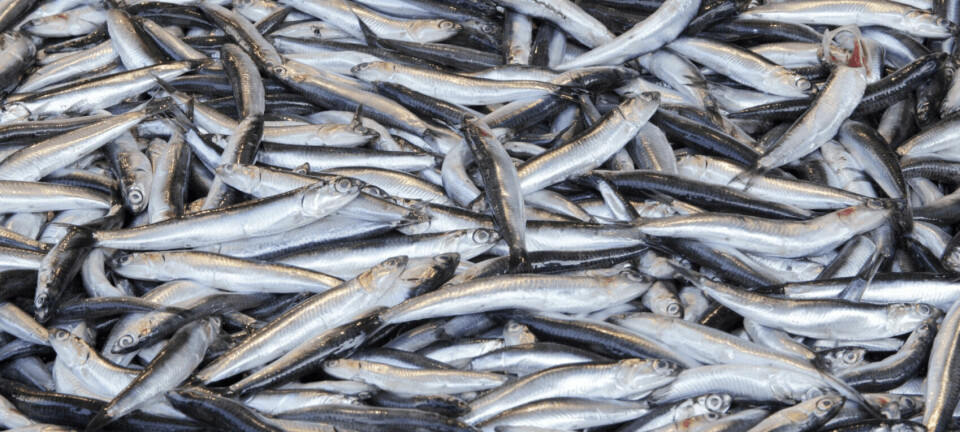
Algal bloom toxins ‘can be carried in the air’
Cyanotoxins from harmful algal blooms can enter the human body after being aerosolised and carried in the air, research in Florida has shown.
And those whose work is regularly carried out at sea are the most exposed to the toxins.
It is well known that the toxins produced by HABs can be harmful if individuals accidentally consume them by eating bivalve molluscs or drinking contaminated water, but there have been limited attempts to quantify exposure in larger populations.
Nasal swabs
Researchers from the Harbor Branch Oceanographic Institute of the Atlantic University of Florida investigated potential exposure to the cyanobacterial toxin, microcystin, by measuring concentrations in nasal swabs from people living in the coastal town of Stuart.
The scientists recruited 125 volunteers in 2018 during a cyanobacterial bloom of Microcystis aeruginosa and asked them to complete a questionnaire which included location, type, and duration of recreational or occupational contact with impacted waterways within the previous 10 days.
The results showed that microcystin was detected in 95% of the 121 participants who gave nasal swabs, with significant differences in microcystin concentration between those who had direct contact with impacted waters compared to those with no recent contact. Higher concentrations were observed among occupationally exposed individuals.
Unanswered questions
As some of the people with microcystin in their swabs had no contact with the water, the results suggest that inhalation of aerosolised toxin may be an important pathway for exposure.
The study also established a relationship between concentrations of nasal microcystin and water.
Adam Schaefer, lead author of the paper, which has been published in the journal Harmful Algae, wrote that “aerosolised cyanobacteria represent an important potential route of exposure and should be included in risk assessments for human populations”.
There are, Schaefer added, “many unanswered questions to address what happens by the absorption of toxins, the minimum safe distance for people against algal blooms and the possible effects of exposure on health”.
Read the abstract to the study here.




















































